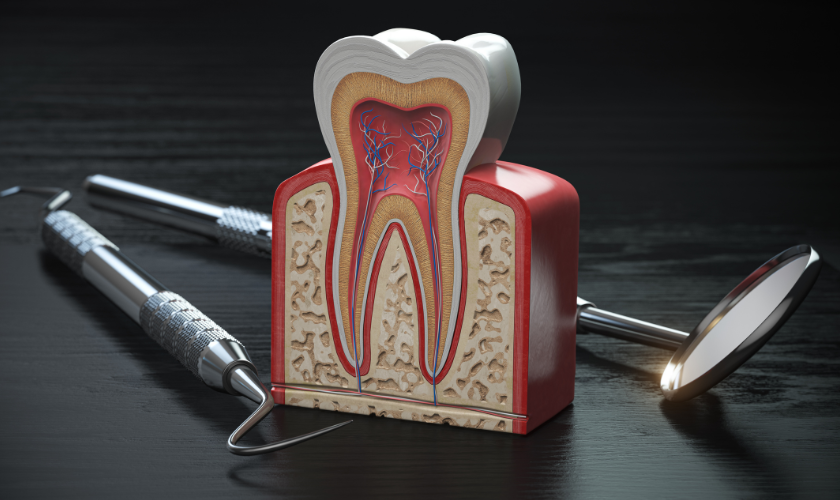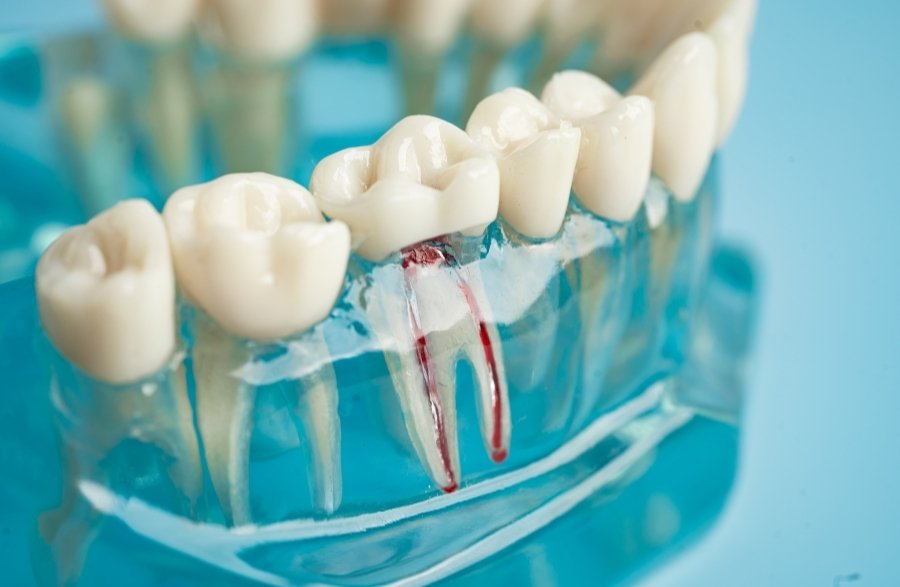
When it comes to dental health, understanding the signs indicating potential issues is crucial. One such significant dental procedure often discussed with a mix of dread and concern is the root canal. But what exactly is this, and how can you determine if you need one? Let’s delve into the signs that suggest you require a root canal and what you can expect from the procedure.
Signs You May Need a Root Canal
Your teeth can often provide early indications that something isn’t right. Here are some signs that might suggest you need a root canal:
Persistent Tooth Pain
Experiencing persistent tooth pain, especially when you chew or apply pressure, could be a sign of underlying issues. This pain may range from dull and throbbing to sharp and intense, indicating potential nerve damage.
Sensitivity to Hot and Cold
If you find yourself wincing when you consume hot or cold beverages and foods, it could signal a problem. Sensitivity to temperature changes in your teeth, especially if it lingers, may indicate nerve or pulp damage.
Swollen Gums
Swollen gums around a specific tooth or in a localized area of your mouth could indicate an infection. Infections in the dental pulp often manifest as gum swelling or tenderness, signaling the need for prompt attention.
Persistent Bad Breath
While bad breath can stem from various factors, persistent bad breath despite proper oral hygiene could indicate an underlying dental issue. If the bad breath is accompanied by other symptoms like tooth pain or swelling, it’s essential to consult a dentist.
Darkening of the Tooth
A tooth that has noticeably darkened in color, especially when compared to surrounding teeth, may indicate that the nerve inside the tooth is damaged or dead. This discoloration can be a result of internal bleeding or decay and should be evaluated by a dental professional.
What to Expect During a Root Canal Procedure
If you and your dentist determine that a root canal is necessary, knowing what to expect during the procedure can help alleviate some anxiety. Here’s a breakdown of what typically happens during the procedure:
Examination and X-Rays
Before the procedure begins, your dentist will conduct a thorough examination of the affected tooth and may take X-rays to assess the extent of the damage. This step helps your dentist in identifying the most appropriate course of action.
Anesthesia
To ensure your comfort throughout the procedure, your dentist will administer local anesthesia in the specific area being treated. This numbing agent ensures you won’t feel any pain during the procedure.
Accessing the Pulp
Once the area is numb, your dentist will create an opening in the crown of the tooth to access the infected or damaged pulp. This step involves removing decayed tissue and cleaning out the root canals to remove bacteria and prevent further infection.
Filling and Sealing
Once the root canals have been thoroughly cleaned and shaped, your dentist will fill them with a biocompatible material called gutta-percha. This material seals the canals to prevent bacteria from re-entering and causing the risk of reinfection. The opening in the crown is then sealed with a temporary or permanent filling.
Restoration
In some cases, a tooth that has undergone a root canal may require additional reinforcement. Your dentist may recommend placing a dental crown over the treated tooth to restore its strength, function, and appearance.
Follow-Up Care
Following the procedure, your dentist will provide instructions on how to care for your tooth as it heals. It’s crucial to follow these instructions to ensure proper healing and long-term effectiveness of the root canal treatment.
Recognizing the signs that you might need a root canal is the first step in addressing potential dental issues. If you experience persistent tooth pain, sensitivity, swelling, or other concerning symptoms, don’t hesitate to seek professional dental care. A qualified dentist can assess your symptoms, determine if a root canal is necessary, and guide you through the treatment process with expertise and compassion.
If you’re experiencing dental discomfort, visit our Riverside dentist for personalized care and effective treatment options. Your dental health is our priority, and we’re here to help you achieve a healthy, pain-free smile.


